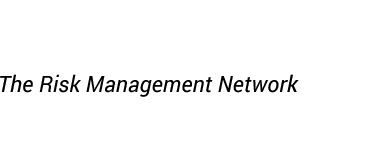RiskNET eLibrary
Sie möchten Ihre Publikation gerne in unserer eLibrary veröffentlichen?
From today’s view, we believe that machine learning and deep learning are such disruptive technologies that should be leveraged. Advanced computing methods have become more and more popular alongside advances in the emergence of big data. In the finance and banking sector, increasing demand for more efficient approaches has been seen especially in the field of machine learning. The field was originally devoted to developing algorithms in artificial intelligence. In response to its significant advances, however, machine learning and its subfield of deep learning have emerged as breakthroughs with vast applications in a wide array of fields.
In our paper, we discuss the existing definitions as well as our thoughts on some of the applications of machine learning and deep learning. We will provide an insight into the significance of artificial intelligence in the banking industry, in particular and its response to big data market forces, with a focus on German Banks. To illustrate the breadth of the field’s significance, we will also address the automotive industry in Germany and its connection to machine learning technologies. To deepen our understanding of the subject, we will explain the mathematical background behind deep learning and its intersection with artificial neural networks. We will provide a brief look into the subject of Blockchain and its relevance to artificial intelligence. A second part of this paper will analyze the practical implications (use cases) of the technologies and their expected developments in the short and long term.
[Authors: Farhad Khakzad, Sangmeng Li, Pablo Arboleda]
Bei der Betrachtung des Verhältnisses von Auftraggebern zu (externen) Auftragnehmern unter Compliance-Gesichtspunkten besteht insbesondere bezüglich des Themas "Scheinselbstständigkeit" das Problem, dass diverse Rechtsgebiete (Arbeitsrecht/Organisationsrecht, Deliktsrecht und dergleichen mehr), aber auch Wissenschaftsdisziplinen (Recht, Betriebswirtschaftslehre, et cetera) sich scheinbar widersprechen oder beim Rechtsanwender inkorrekte Ansichten auslösen. So wird im Arbeits-, Steuer-, und Sozialversicherungsrecht sehr schnell von einer Arbeitnehmereigenschaft respektive von "Scheinselbstständigkeit" ausgegangen, wenn von "Aufsicht", "Weisungen" sowie von "Kontrolle" die Rede ist.
[Quelle: Sonderdruck aus Scherer / Fruth (Hrsg.): Integriertes Personal-Managementsystem mit Governance, Risk & Compliance, 2017]
